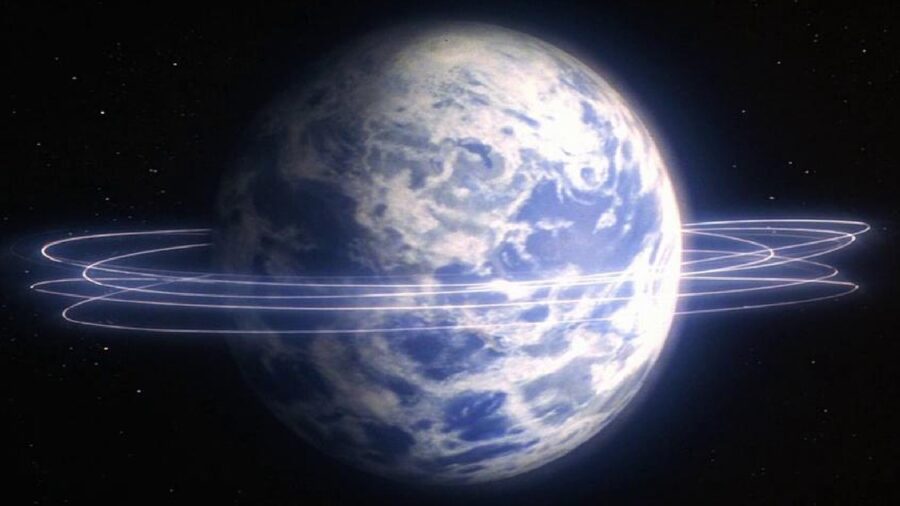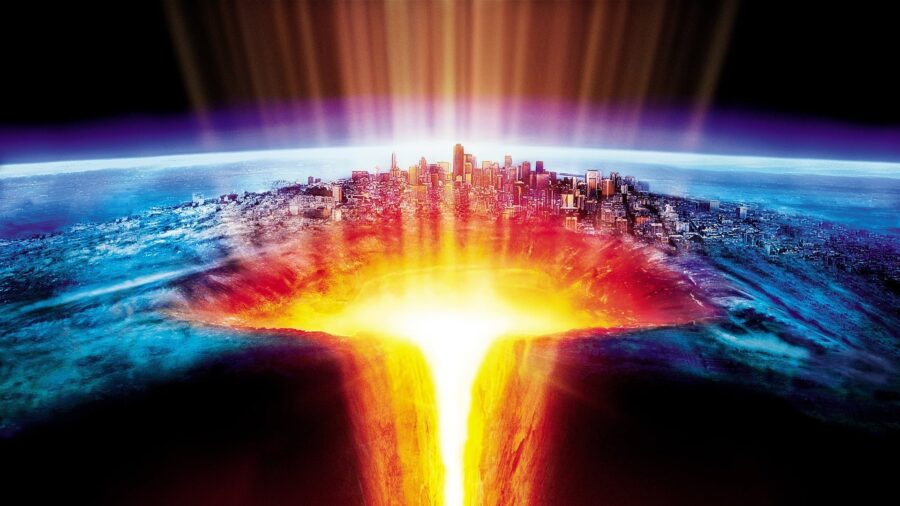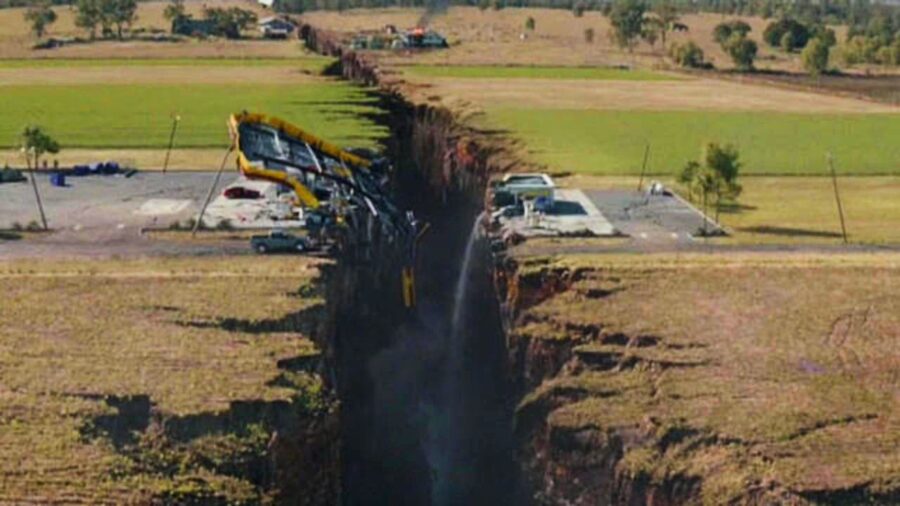Earth’s Core Slowing Down And Our Days Might Change Forever

New research has confirmed that Earth’s core has been spinning slower than usual for 14 years, which could mean longer days if it continues to do so. However, the effects of the longer days would likely be negligible, according to the study published in the scientific journal Nature. Still, it’s interesting to learn that the core has been behaving strangely and how it changes things for us.
The Core Rotates Faster Than The Mantle

We, of course, know that Earth is rotating constantly, but the inner core can rotate at a different speed due to the viscous nature of the molten metal from the surrounding outer core. Scientists first started mapping these layers of our planet 40 years ago and initially found that the inner core rotates a bit faster than the mantle, a sea of molten rock outside of the outer core, and the crust. But that hasn’t been the case since 2010, as the opposite is now true, with the inner core going slightly slower than the other layers.
Imperceptible To Humans

If the Earth’s core continues this trend of deceleration, the gravitational pull could lead to the outer layers of the planet spinning slower than they already do, which could change the length of our days. However, seismologist John Vidale said that the potential change of this event would be “thousandths of a second,” which would make it imperceptible to us. In other words, things wouldn’t be changing much, but it’s still an intriguing phenomenon.
Researching Earthquakes

While all this research about the Earth’s core is interesting, how did the researchers come to this conclusion in the first place? This study involved analyzing over 100 repeating earthquakes or quakes that occur repeatedly in the same location. The researchers observed these repeating events along a tectonic plate boundary in the South Sandwich Islands, which are located in the South Atlantic.
The measurements were taken between 1991 and 2023 and were used to map the position of Earth’s core compared to the mantle. By looking at these numbers over time, the researchers were able to assess how the rotation rate of the inner core has changed. According to Vidale, this is the “most convincing” evidence that has been found suggesting that this phenomenon, known as backtracking, has been happening.
The Core Is In Constant Flux

So, while the evidence for Earth’s core backtracking is now more solid, it’s still up for debate as to why the phenomenon is happening in the first place. The most likely theory is that it’s caused by the “churning of the liquid iron outer core” or the “gravitational tugs from the dense regions of the overlying rocky mantle.” The researchers also have yet to determine how often the backtracking is happening, as the possibility remains that the inner core could be in a constant flux of acceleration and deceleration.
Not Easy To Study The Core

The Earth’s core is no easy thing to study, and there will undoubtedly need to be more research to learn more about this phenomenon and why it happens. Of course, research technology is constantly evolving and it’ll continue to improve our ability to study the core and its mysteries. In the meantime, plan for your days to feel pretty much the same length, even if they’re minimally longer.
Source: Nature













